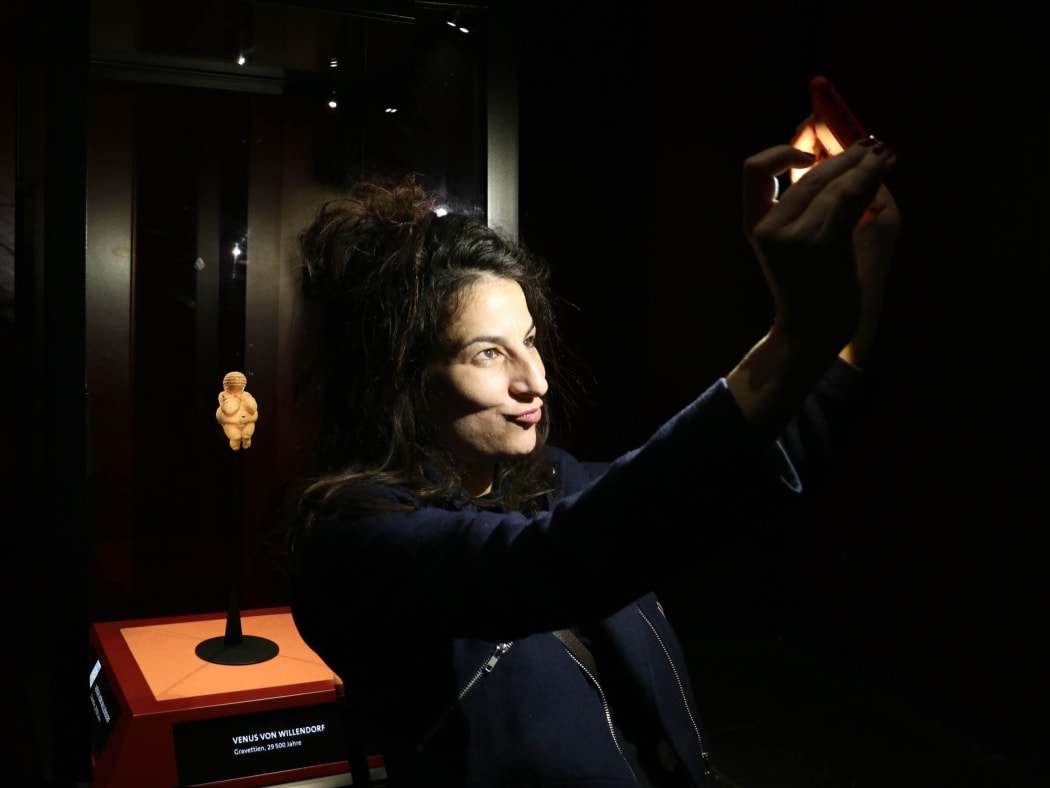
Art is not democratic, neither in its creation nor in its reception. Democracy in art is the median choice. On the contrary, art is interesting when it is radical, when it embodies singular, subjective, unexpected choices, choices that are disturbing and inconceivable to those who must decide on its eventual exhibition. Let us not give examples. Art must hurt, and one does not choose democratically what hurts. Moreover, we do not choose it, we endure it. Democracy is lukewarm, art burns or freezes. Can citizens understand the need for fire or ice?
Let us take six people, put them in charge of an art institution and let them do their meetings. The programming will be the most lukewarm of all. Let us take each of these six people, give them autocratic responsibility and they will make good exhibitions, which will not be successful. Democracy in art does not choose, it repeats, or it asks what the public wants. What is the criterion? The number of visitors? Repeat an exhibition that was successful. The press? Repeat an exhibition that was talked about a lot in the press. Do we want to be democratic, asking the public what they want, for example with popular juries? The public does not know what it wants and expects us to choose for them.
This process is paradigmatic when it comes to administrative protocols (which nevertheless manage almost all financial resources in Europe). What choice? Criteria must be established. What criteria? Those that correspond to past works or events that are considered successful from an administrative point of view. The artist, if he or she wants to survive, must conform to them. Some artists, most of the time under pressure, become virtuosi of the administrative file. Sometimes the criteria are so tight that the only thing missing would be for the (anonymous) authors not to produce the works themselves. However, there are some points that cannot be objectively assessed: they should be the only ones.
The democratic management of art produces standardisation, and this is normal. It is not bad art, it is not good art, it is like Netflix, expected, repeatable. We could imagine a production mode similar to the platform but in art: standard, broadcastable and profitable on subscription. Proper names will disappear, vague attention will suffice. We will smile with a half-dry drip of drool, congratulating ourselves. Everything will be forgotten in the next hour. Maybe someone, sometimes, when waking up, will say Picasso!
Art is not democratic because it demands attention, and attention is becoming a rare commodity. The same thing happens in the field of literature. It is not because there are not enough authors, for there are many of them, nor because there are not potential readers, but because the self-regulation of the productive chain, which is essential for creation and distribution, is terribly afraid of making choices. In art, the worst choice is always the best one.
The demos, the people, expects nothing from art. Vaguely, they hope that their children's school will take them to museums. Museums have been turned into school annexes, and artists into poorly paid educators.
The other function of art, tourism, completes the project of administrative democracy. One walks through the aisles of the Louvre, desperately waiting for one's turn in front of the Mona Lisa, regretting the length of the corridors but enjoying the air conditioning. And that is fine. Gradually, the biennials are becoming tourist events among others, less effective than sports competitions in mobilising crowds, but fortunately less dangerous. Perhaps Disney will buy them up and finally make something of them?
The artist has thus become an adjustment variable in an increasingly democratic organisation. We don't like artists because they are unpredictable, irregular, wild. Now we find them on the margins, in the digital maquis, by dint of mutual research and recommendations between desperate aesthetes. If one of them achieves relative visibility, we are already trembling that everything in him will come to a halt, during one too many guided visits or when faced to a file to fill in. Of course, there are superb initiatives, but they are becoming increasingly rare. Perhaps there is enough works already produced to be able to rotate them and we don't need new ones. It will be enough? Democracy can dispense with art and make a copy of it.

